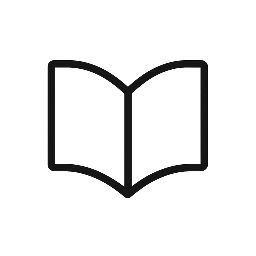1. Given the following cost schedule for a regional hospital that seeks to maximize its profits,
answer the following three questions: (6 points)
Days of Hospital Care Supplied
Total Costs Marginal Cost
Total Revenue
Marginal Revenue
Profit
0 $ 200 1 $ 400 2 $ 800 3 $ 1,400 4 $ 2,200 5 $ 3,200 6 $ 4,400
(1) Suppose the price per day is $440. Fill in the blanks in the Table above. What is the profit
maximized quantity supplied, and why? (2) Suppose the price per day is $640. Fill in the blanks in the Table above. What is the profit
maximized quantity supplied, and why? (3) Suppose the price per day is $900. Fill in the blanks in the Table above. What is the profit
maximized quantity supplied, and why?
2. The table contains data on the number of doses of an antihistamine sold per month in a small town. (6 points)
(1) To sell 196 doses to customers, what will the price need to be? (2) For stores to be willing to sell 196 doses, what will the price need to be? (3) How many doses will customers want to buy if the price is $2? (4) How many doses will suppliers want to sell if the price is $2? (5) Is there excess supply or excess demand at $2? (6) What is the equilibrium price? How can you tell?
Price ($)
Quantity Demanded (dose)
Quantity Supplied (dose)
$10 185 208 $9 187 205 $8 188 202 $7 190 199 $6 191 196 $5 193 193 $4 194 190 $3 196 187 $2 197 184 $1 199 181
3. Identify three shortcomings of the competitive model applied to health care markets, and explain why. (4 points)
4. What is supplier-induced demand and what is a major problem in verifying its existence? (4 points)

Leave a Reply